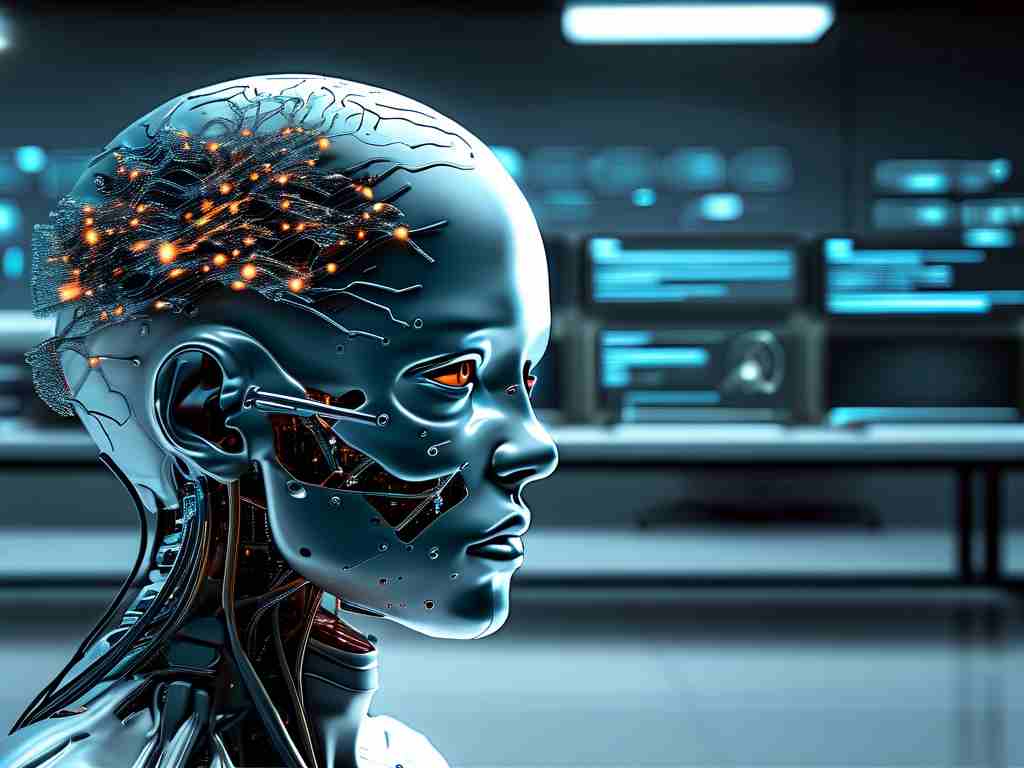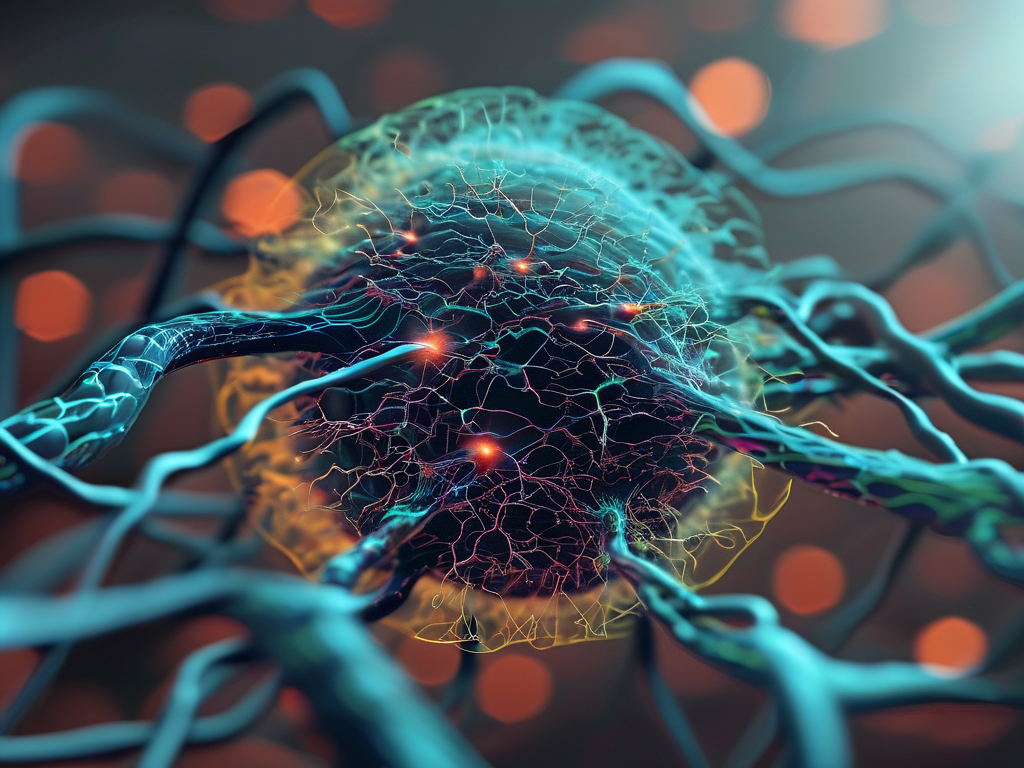Large language models (LLMs) like GPT-4, PaLM, and LLaMA have revolutionized artificial intelligence, but their success hinges on sophisticated algorithms that enable efficient training and optimization. This article explores the key algorithms commonly used in large model training, explaining their roles, advantages, and applications.
1. Transformer Architecture
The Transformer, introduced in the 2017 paper "Attention Is All You Need", is the backbone of most modern LLMs. Its self-attention mechanism allows models to process sequential data in parallel, capturing long-range dependencies more effectively than recurrent neural networks (RNNs). Key components include:

- Multi-Head Attention: Enables the model to focus on different parts of input simultaneously.
- Positional Encoding: Injects positional information into input embeddings.
- Feed-Forward Networks: Adds non-linearity to the model.
Transformers excel in tasks like text generation, translation, and summarization, making them indispensable for training models like BERT and GPT.
2. Generative Adversarial Networks (GANs)
Though less dominant in LLMs, GANs are critical for generating synthetic data and refining outputs. A GAN consists of two networks:
- Generator: Creates synthetic data (e.g., text or images).
- Discriminator: Evaluates authenticity.
In large models, GANs help augment training datasets or improve output quality by adversarial training. For example, they are used in dialogue systems to generate more human-like responses.
3. Reinforcement Learning from Human Feedback (RLHF)
RLHF has gained prominence in aligning models with human preferences. It involves three steps:
- Supervised Fine-Tuning: Train a base model on high-quality data.
- Reward Modeling: Collect human feedback to train a reward model.
- Reinforcement Learning: Optimize the base model using the reward model as a guide.
This algorithm is central to ChatGPT’s ability to produce contextually appropriate and safe responses.
4. Mixture-of-Experts (MoE)
MoE architectures divide a model into specialized sub-networks ("experts") that handle different input types. A gating network routes inputs to relevant experts, enabling efficient scaling. For instance, Google’s Switch Transformer uses MoE to reduce computational costs while maintaining performance. This approach is ideal for training models with trillions of parameters.

5. Optimization Algorithms
Training large models requires robust optimization methods:
- Adam/AdamW: Adaptive learning rate optimizers that handle sparse gradients effectively.
- LAMB: Layer-wise Adaptive Moments optimizer, designed for large-batch training.
- Distributed Optimization: Techniques like data parallelism (splitting data across GPUs) and model parallelism (splitting model layers) enable training on massive datasets.
6. Efficient Training Techniques
To manage computational costs, researchers employ:
- Gradient Checkpointing: Reduces memory usage by recomputing intermediate activations.
- Quantization: Lowers precision of weights (e.g., from 32-bit to 8-bit) to speed up inference.
- Pruning: Removes redundant neurons or connections to shrink model size.
7. Meta-Learning and Few-Shot Learning
Algorithms like MAML (Model-Agnostic Meta-Learning) allow models to adapt quickly to new tasks with minimal data. This is crucial for LLMs to perform well in scenarios with limited labeled examples.
Challenges and Future Directions
Despite these advancements, challenges persist:
- Compute Costs: Training models like GPT-4 requires millions of dollars in computational resources.
- Ethical Risks: Bias mitigation and content safety remain unresolved.
Future algorithms may focus on energy efficiency, better few-shot capabilities, and improved alignment with human values.
The algorithms powering large model training—Transformers, RLHF, MoE, and advanced optimizers—combine to create systems capable of unprecedented language understanding. As research progresses, innovations in efficiency and ethical alignment will shape the next generation of AI.









